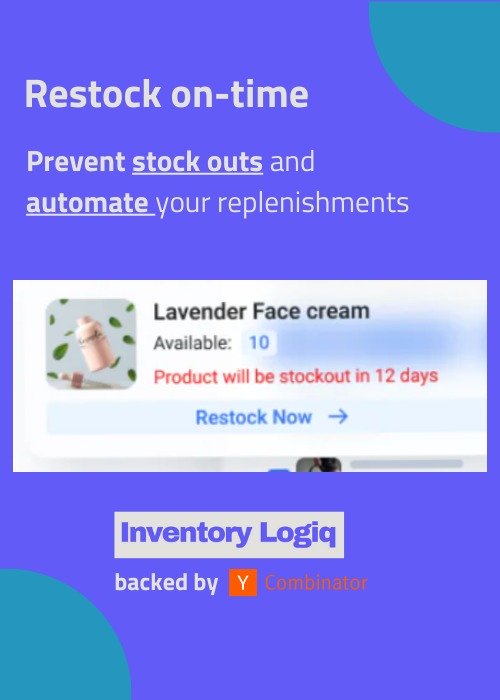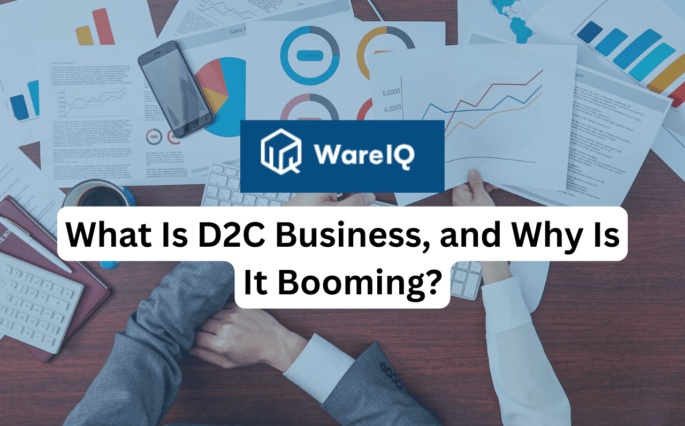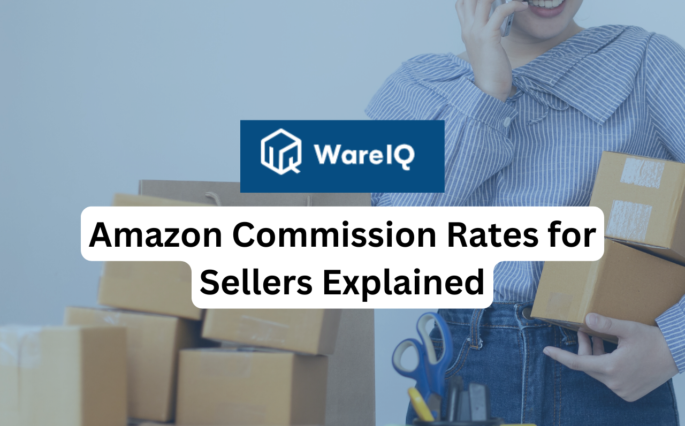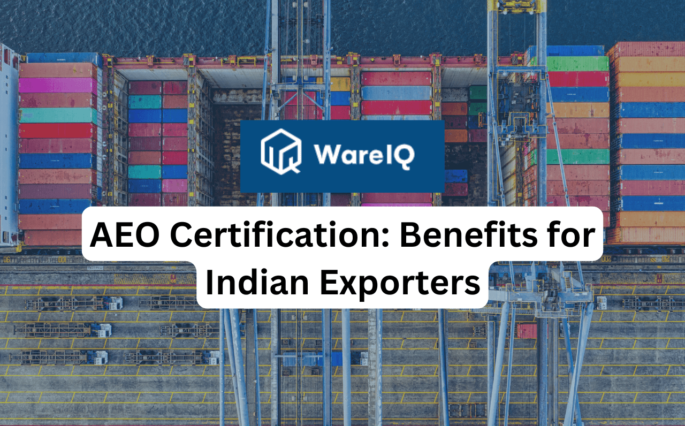Elevating Global Luxury Fulfillment: How Indian E-commerce Logistics Are Powering Premium D2C Brands

The intersection of luxury and logistics is becoming increasingly significant in the cross-border e-commerce landscape. As high-end D2C brands look to scale globally, particularly from India, they face unique operational challenges that standard fulfillment providers are often ill-equipped to manage. From premium packaging expectations to fragile item handling and seamless international shipping, logistics is becoming as much a part of brand building as product design. In this guide, we explore how Indian e-commerce logistics are powering premium D2C brands through global luxury fulfillment.
How Indian E-commerce Logistics Enable Global Luxury Fulfillment for D2C Brands
A clear trend is emerging. Luxury brands aiming for global markets are seeking full-stack fulfillment partners that offer extensive last-mile reach, advanced tech integrations, and an understanding of premium customer experience.
Why Premium D2C Brands Need a Specialized Fulfillment Model
For products like artisanal tapestries and delicately constructed fabric lanterns, standard logistics solutions simply will not suffice. These handcrafted items, often shipped internationally, demand packaging that conveys luxury and ensures safe delivery. Custom boxes, branded thank-you cards, and protective wrapping such as butter paper are essential for delivering a premium unboxing experience, not merely optional.
Equally important are accurate dispatch, real-time tracking, and proactive returns management. Tech-enabled QC workflows, video documentation during returns, and data-driven reinventory decisions help maintain over 99 percent dispatch accuracy and reinforce brand trust.
Wider Trends Fueling the Premium Fulfillment Shift
Across industries, businesses are embracing technology-driven logistics platforms. Seamless integrations between storefronts, inventory systems, and intelligent carrier selection engines are minimizing operational friction. Fulfillment services with ability to deliver B2C orders across 27,000+ PIN codes, offer next-day metro shipping, and manage tax-compliant warehousing are rapidly becoming baseline expectations.
Returns are also being reimagined. Brands are investing in branded tracking interfaces, Amazon Prime-like delivery estimates, and video-backed QC, elevating returns from an afterthought to a strategic customer moment.
India’s Premium Market Is on the Rise
India’s consumer market is undergoing a structural upgrade. The luxury goods sector, valued at approximately $17 billion in 2025, is projected to more than triple, surpassing $85 billion by 2030. The broader luxury market alone is forecast to grow from $10 billion to nearly $30 billion in the same period. Even mainstream premium categories, often dubbed “affordable luxury,” are soaring, accelerated by rising incomes and aspiration among middle-income groups.
The luxury beauty segment is also witnessing remarkable trajectories: it is expected to scale from around $1.6 billion in 2024 to $4 billion by 2035, growing at a CAGR of 14 percent.
These trends are underpinned by India’s rapidly expanding middle class. Today, this demographic accounts for nearly one-third of the country’s population, and projections suggest it could grow to nearly 60 percent by India’s centenary in 2047. As discretionary incomes climb, consumers are increasingly spending on premium vehicles, beauty, home decor, and travel.
Moreover, digital transformation is bringing premium offerings to a much broader audience. Internet penetration, affordable data, and mobile access have created a digitally native consumer base. E-commerce users are expected to rise from 238 million in 2024 to 500 million by 2030, opening new markets beyond metros for luxury and premium brands.
Trending –
End of De Minimis Exemption and New Tariffs on India-Origin Shipments
What Is D2C Business, and Why Is It Booming?
Why This Matters for WareIQ’s Luxury Fulfillment Strategy
India is not just a production hub. It is emerging as a strategic fulfillment ally for global luxury brands. With the right infrastructure and compliance frameworks, such as a registered Primary Place of Business (PPOB) for tax compliance in key hubs like Gurugram, brands can tap into efficient warehousing and evenly distributed reach.
Partnerships with international carriers enable seamless cross-border shipping. This allows brands to start with proprietary websites and later scale into curated online marketplaces catering to high-end customers.
Additionally, WareIQ’s approach to packaging customization is tailored to the nuances of premium commerce. From sourcing high-quality branded boxes and printed inserts to creating layered unboxing experiences using tissue wrapping, QR-enabled cards, and discreet barcode labeling, the platform enables brand storytelling at every touchpoint. For luxury brands, packaging is not just protection, it is marketing, identity, and customer delight, all in one.
Related – How Premium Beauty Brands Can Master Fulfillment in India and Beyond
The Path Forward for Luxury Brands
Scaling premium e-commerce from India requires more than operational efficiency. It demands a logistics partner that understands storytelling, unboxing, and premium service as part of the brand experience. From fulfillment to first impression, logistics is shaping the customer journey.
With India’s premium market expanding, the middle class entering global luxury conversations, and digital access democratizing access, brands that align with high-touch fulfillment partners are best positioned to thrive in this burgeoning landscape.
Also explore – WareIQ’s Fashion & Apparel Fulfillment and Warehousing Services








